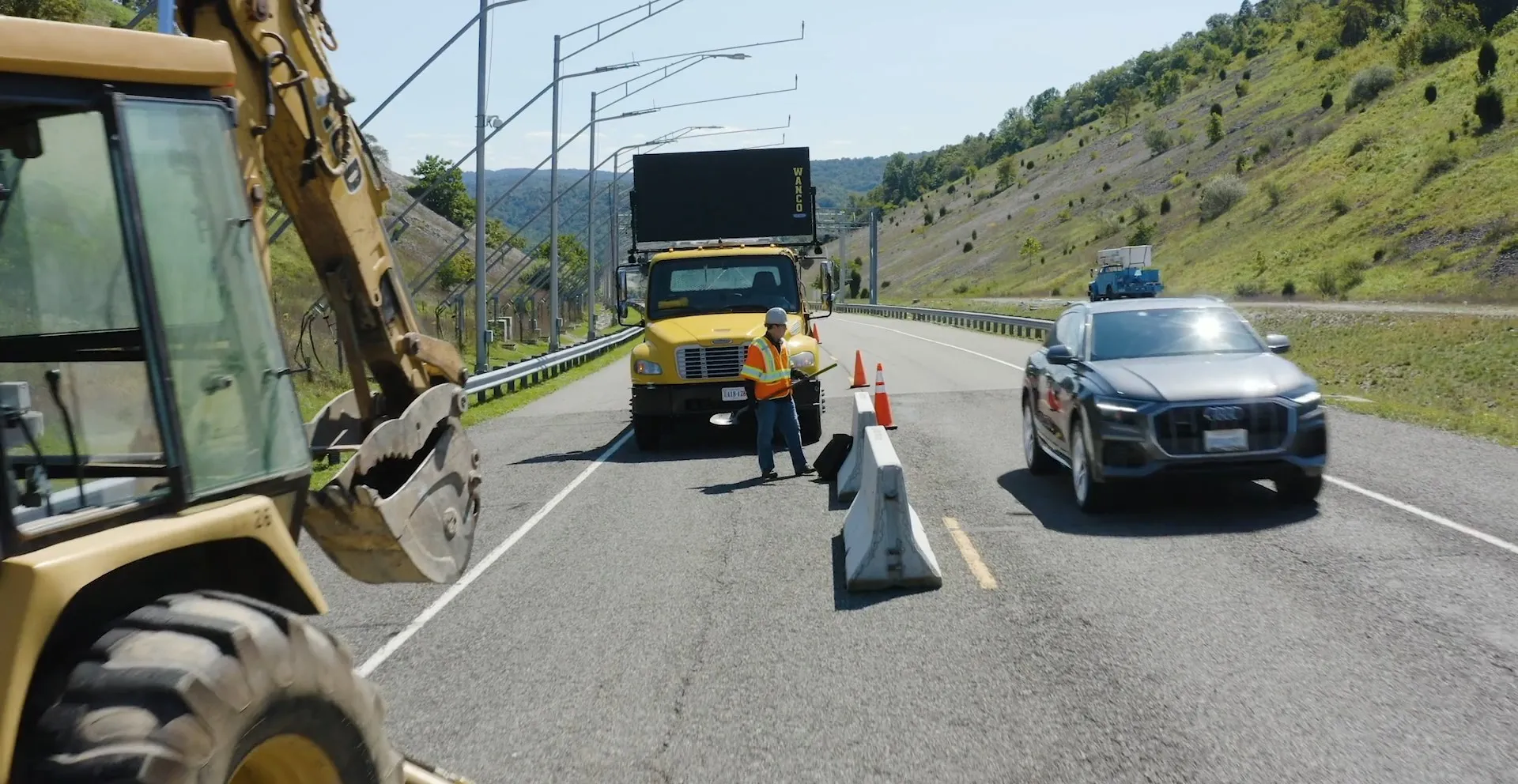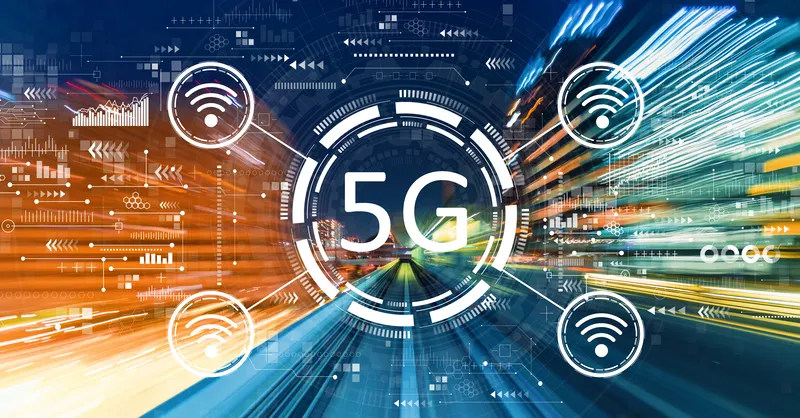
A Cellular Vehicle to Everything (C-V2X) deployment in Virginia has been extended to include roadside worker safety and traffic signal information.
Audi of America started working with the Virginia Department of Transportation (VDoT) and Qualcomm Technologies earlier this year on a C-V2X deployment aimed at improving vehicle safety for roadways in the US state.
The partners are working on two use cases with the Virginia Tech Transportation Institute (VTTI) and V2X solutions provider Commsignia, using the 5.9 GHz wireless communications band that remains the subject of fierce debate.
Pom Malhotra, director, connected services at Audi of America, says deploying C-V2X on the Virginia Smart Road Corridor will allow a “new generation of vehicles” to communicate through cellular towers and directly with roadside infrastructure and vulnerable road users.
“Today’s milestone will allow Audi to accelerate the deployment of innovative use cases that have the potential to increase driver confidence on the road by providing warning – and in the future, take autonomous action – when sensing an impending collision or even a traffic rule violation,” Malhotra adds.
Audi says workzone roadside safety messages can be sent to drivers through low-latency direct communications and to vulnerable roadside and maintenance personnel via a C-V2X-enabled vest.
As part of the Virginia trial, highway workers will use the vests and Audi Q8 test vehicles equipped with a Qualcomm C-V2X-based platform to deliver alerts between them and drivers.
For the traffic signal information use case, VDoT's signal controllers will broadcast signal status information through roadside infrastructure provided by Commsignia. The infrastructure will transmit messages using C-V2X to the Audi Q8 SUVs that supplement the auto maker's traffic light information service.
According to Audi, the service provides drivers with a countdown to the green light using the cellular network.
Additional low-latency C-V2X messages and audible alerts enhance traffic signal information to also warn of an impending red-light violation.
The American Tower Corporation – an operator of wireless and broadcast infrastructure – is providing a neutral host model to help deliver safety and mobility services with C-V2X.
VTTI is to develop the software and systems while Commisgnia is deploying its roadside units (RSUs) and ITS stack.
Ed Knapp, chief technology officer at American Tower, says: “We expect neutral host models and shared RSU enhanced infrastructure to play a key role in the deployment of C-V2X in the Virginia Connected Corridors."










